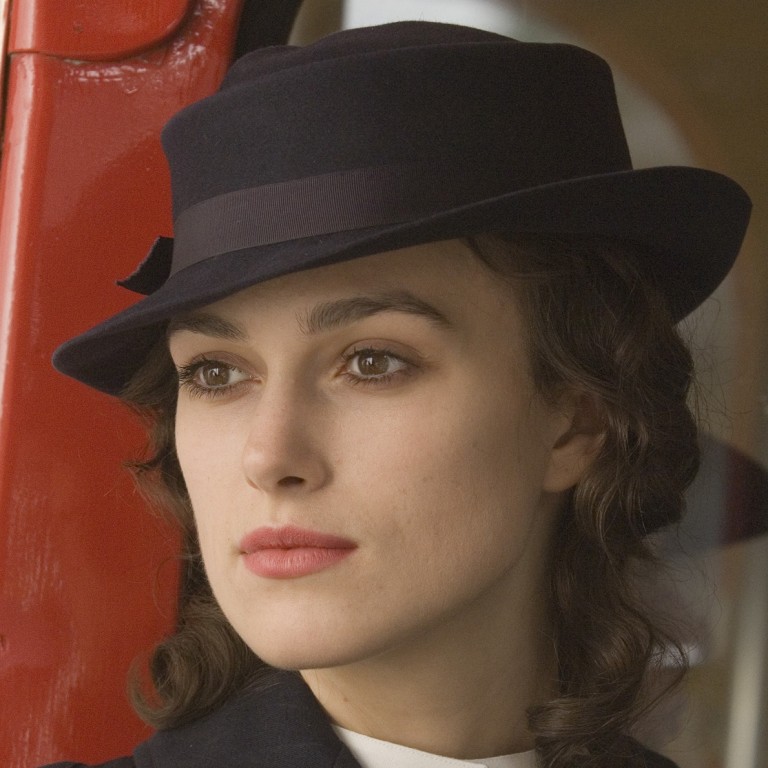
Film review: Atonement - epic story of romance and the chaos of war
Joe Wright has brilliantly conveyed epic scope of Ian McEwan's novel about a doomed romance, the power of storytelling and early days of second world war. Scenes of ruined Dunkirk as Allied soldiers wait for evacuation among most memorable screen moments of the year
Atonement begins with a shot of a meticulously crafted model of the Tallis House, the Victorian mansion in which the film's most crucial moments unfold from 1935 to the present. The image is accompanied by the hectic racket of a typewriter on which the film's teenage protagonist, wannabe writer Briony (Saoirse Ronan), is finishing one of her literary creations.
This simple yet succinct symbolic preview of what is to follow - the nipped-in-the-bud romance between young, rebellious aristocrat Cecilia (Keira Knightley, left) and servants' son Robbie (James McAvoy) - seeks to explore the power of storytelling, and the destruction it can wreak when the human imagination is left to run amok.
With its masterful use of multiple perspectives, stunning descriptions of the chaos of war, and the literary techniques of blurring time and place over the arc of Ian McEwan's book on which the film is based, the novel could pose problems for even the most skilled filmmakers.
However, Joe Wright - on what is only his second major film - delivers an epic movie that matches McEwan's ambitions remarkably faithfully on the grandest of scales.
The English director also has the ability to shift visual styles and textures with ease between the actual and imagined goings-on in the film, ending 2007 on a celluloid high.
Following the structure of McEwan's novel, Atonement is roughly divided into three parts.
The film begins with the chronicle of a day's event at the Tallis mansion, when Briony's increasingly paranoid suspicions about Robbie - spurred by a string of events she witnesses throughout the day - is capped when he makes love to Cecilia, Briony's elder sister.
Years roll by when the film's second part begins, with the second world war providing the backdrop to the diverging lives of the three protagonists, their lives altered because of what had occurred years before.
The concluding segment, which in its briefness could be considered more as a coda, sees the elderly Briony (now the writer of a book called Atonement, and played by Vanessa Redgrave) revealing a finale that forces the viewer to reconsider all that has transpired. But what makes Atonement a genuinely powerful experience is the stunning visuals Wright provides throughout its two-hour screen time, whether it's the dreamy haze that underscores the proceedings at the Tallis House, or staggering images of the mayhem of war.
The lingering scene where Robbie walks amid the smouldering ruins of Dunkirk as the British beat a hasty retreat, highlights the visual mastery of this film, and surely ranks as one of the most memorable screen moments of the year.
Atonement opens today

